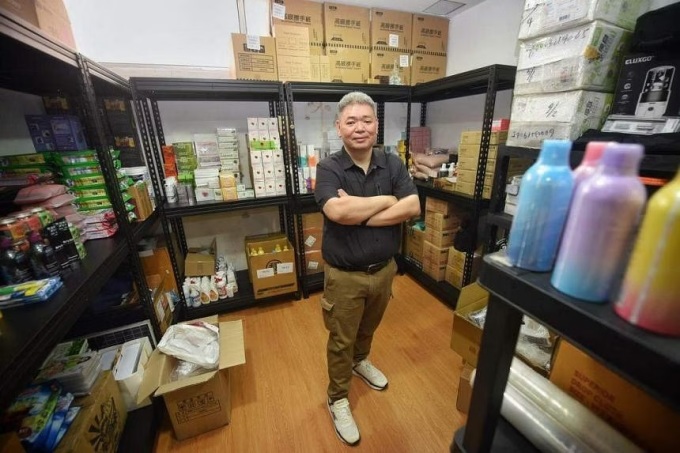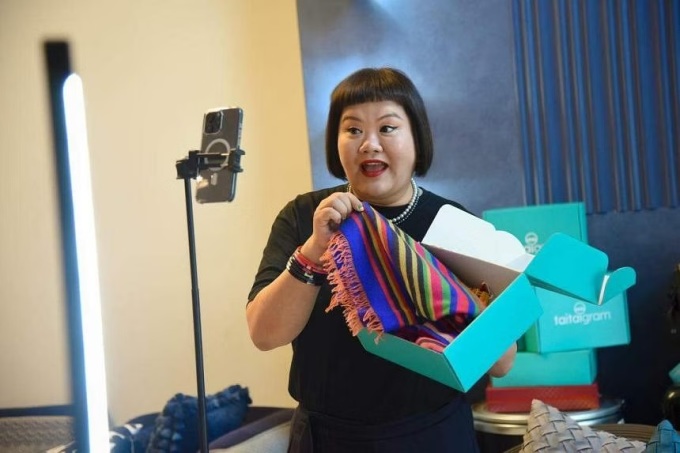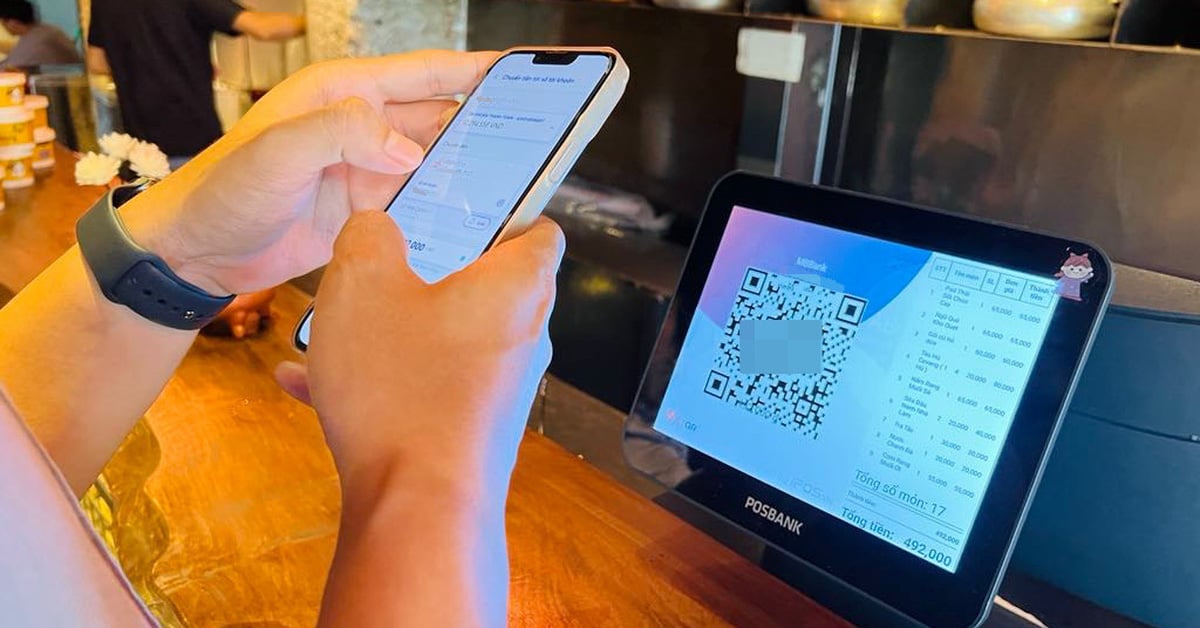On average, Wisley Yip spends $5,000 a month on items ranging from health supplements to food that she "closes deals" on livestream.
The 47-year-old man, who is the director of a skills training center in Singapore, said he likes to buy goods through livestream sessions because of the convenience, good quality and reasonable prices.
"I often buy seafood and health supplements from livestreams to use and give to people in difficult circumstances. Partly because I want to help them, partly because I buy too much and cannot use it all at once," Yip said.
Yip’s friend Tone Chan has a room in his house dedicated to storing the products he buys through livestreaming. The 49-year-old construction entrepreneur spends about $4,000 a month on these items.
Many people think that watching livestreams can be addictive and are attracted by the buy button.
Hairstylist Yuki Chong, 48, also admitted to being addicted to buying things through livestreams, spending $300-$400 at a time. She said seeing the number of purchases increase quickly makes it difficult to resist temptations due to the influence of FOMO (fear of missing out).
“I watch live sales every day and always buy something. It's quite addictive,” Chong said.

Wisley Yip and all the merchandise she bought from her live streams are currently stored in her warehouse. Photo: HENG YI-HSIN
Yip, Chan and Chong are all clients of Patrick Low, who has been promoting health and skincare products such as sunscreen sprays on social media since 2020.
Low says livestreaming is not just a sales pitch, but also an opportunity to connect with viewers. As comments pop up on screen, the 47-year-old answers questions one by one and shares the benefits of his products, creating a conversational atmosphere rather than trying to convince customers to open their wallets.
But it is his engaging way of speaking that makes it easy for Low to receive hundreds of orders, with a steady revenue of over $10,000 in a two-hour livestream. The business is so lucrative that Low, who once sold household goods in a makeshift market, now runs 10 livestream accounts from 9:30 a.m. to 1:30 a.m. the next day. In addition to his family members, he also hires additional people to sell his products.
But not everyone who livestreams is as successful as Low. Many have to do everything they can to attract viewers, facing the challenge of building a channel that stands out in the online marketplace. But for those who want to try their hand at social commerce, there is no shortage of opportunities.
Platforms like Facebook and TikTok are hot spots for livestreams selling fashion, beauty, electronics, home appliances, and even cars.
A market report by Researchandmarkets notes that the social commerce industry in Singapore is set to grow significantly over the next five years. It estimates that the gross merchandise value of social commerce will increase from $1.2 billion in 2023 to nearly $8.5 billion in 2029.

Patrick Low (second from right) runs 10 live streaming platforms, with family members selling products. Photo: GIN TAY
Not only for daily necessities, online users can also buy experiences. Reshel Chan, 49, is a tour operator.
Chan started her first live streams in October 2020, sharing her travel experiences. When travel restrictions were lifted, she started organizing trips. In 2023, Chan sold 10 tours to European countries such as Germany, Spain, Switzerland, Japan, Bhutan, and South Africa, with prices starting at $5,000. Her smallest group consisted of six people, paying between $9,900 and nearly $14,000 per person for a six-day trip. Her largest group ever took her to Greece, which had 30 people in September 2023. During her trips, Chan often livestreams and seeks new bookings.
"Livestreaming may be a lucrative business for many people, but the most valuable thing for me is receiving messages from viewers. They describe the feeling of enjoyment when watching my clips even though they themselves cannot go for many reasons," Chan said.

Reshel Chan is selling tour packages through livestreams. Photo: HENG YI-HSIN
As livestream shopping took off, with the potential to generate tens of thousands of dollars in a matter of hours, Kevin Zhang, founder of marketing firm The Celeb Net, saw an opportunity for celebrities to get in on the trend. Using artificial intelligence (AI) on idolLive, Zhang created digital avatars of celebrities.
“One or two hours of live selling can easily bring in five figures in sales revenue, and the livestreamer will get 30% of that,” said Zhang. He also said that demand is always high, only a lack of good hosts.
In fact, sellers can use celebrity images to guarantee their brands. The cost of using a celebrity is currently quite high, ranging from 2,000 to 8,000 USD per hour. But with AI avatars, it is different. They are basically online "copies", celebrities can still interact with customers, increase income but without much effort. And for brands, the cost of hiring is also cheaper.
“Artists have limited time to live stream due to their busy schedules. But with AI avatars, we can live stream in different locations, on different platforms without necessarily having to be there,” said Singaporean actor Li Nanxing.
The actor also said that real people cannot handle multiple live sessions at the same time, but AI avatars can. They can work around the clock.
Minh Phuong (According to Straitstimes )
Source




































































Comment (0)